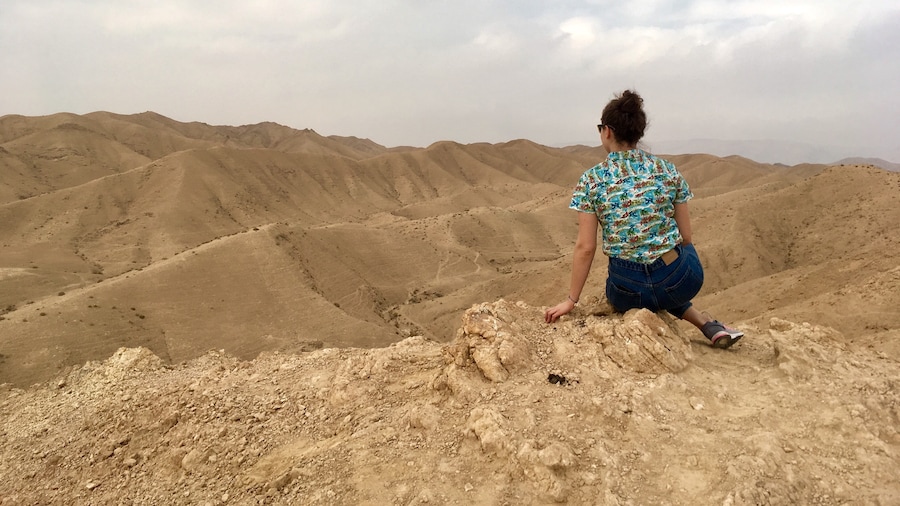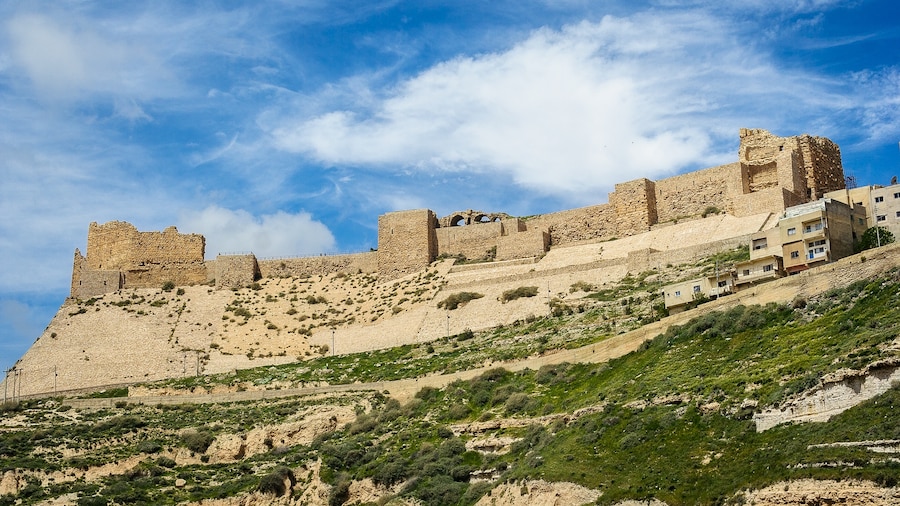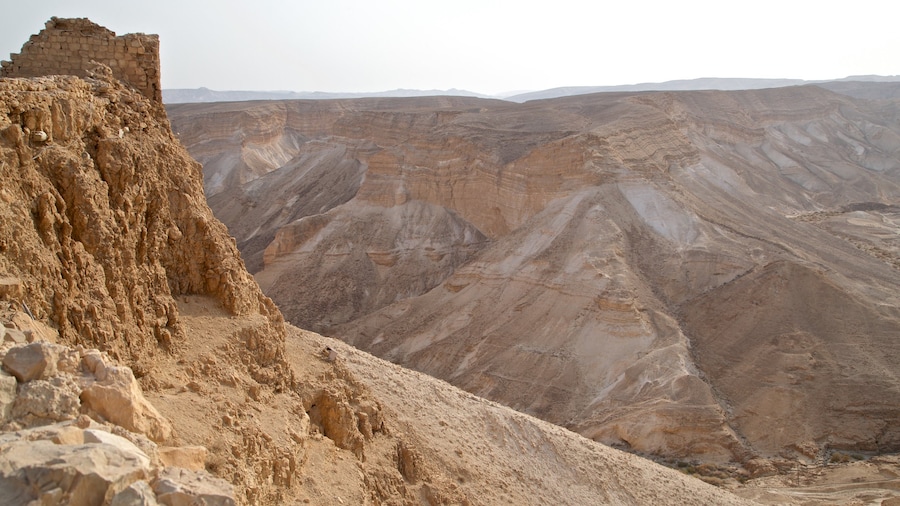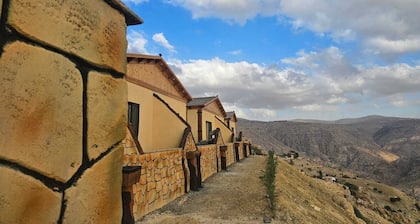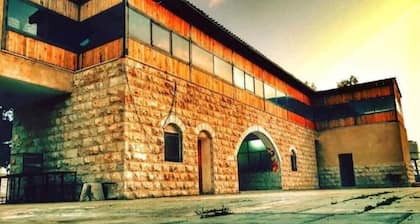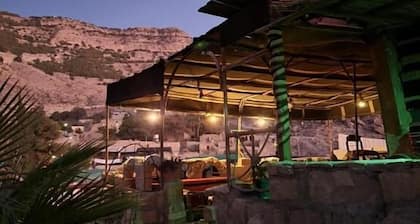Lot’s Cave gets its name from the fact that is believed by many to be the same cave that appears in the biblical story of Lot. It is also thought to have been a Byzantine pilgrimage site. Visit the cave to get a sense of the rich religious history of Jordan.
As locals will tell you, Lot has always been associated with the region bordering the Dead Sea. According to the Bible, he was the nephew of Abraham. After Lot and his family fled the wreckage of the sinful cities of Sodom and Gomorrah, they took refuge in a cave in the city of Zoara. When this site was discovered in 1991 in modern-day Zoara, now called Gawr as-Safi, some scholars hypothesized that this was the famous Lot’s Cave. The site quickly gained recognition as a key holy site. Imagine the stories that may have unfolded here as you explore this culturally and historically important place.
Before you visit the cave, it can be helpful to view the famous mosaic map of the Holy Land located in Madaba, just under 2 hours’ drive away. Notice how the map depicts a “Sanctuary of St. Lot” that appears to be in the location of today’s cave. After discovering a traveler’s hotel and a church inscribed with the name “Lot,” many researchers came to the conclusion that the site was a pilgrimage destination in Byzantine times.
Access the cave via a steep climb up a flight of stairs set just over 1 mile (2 kilometers) from the Dead Sea Highway. Upon reaching the top, look out over the Dead Sea before stepping into the ancient cave. Most of the artifacts discovered in the cave are now on display at the Lowest Place on Earth Museum, down the hill. Highlights include a range of intricate mosaics, ancient pottery and textiles.
Lot’s Cave and its museums are open daily during daylight hours. Invest in a Jordan Pass and you can enter for free.





